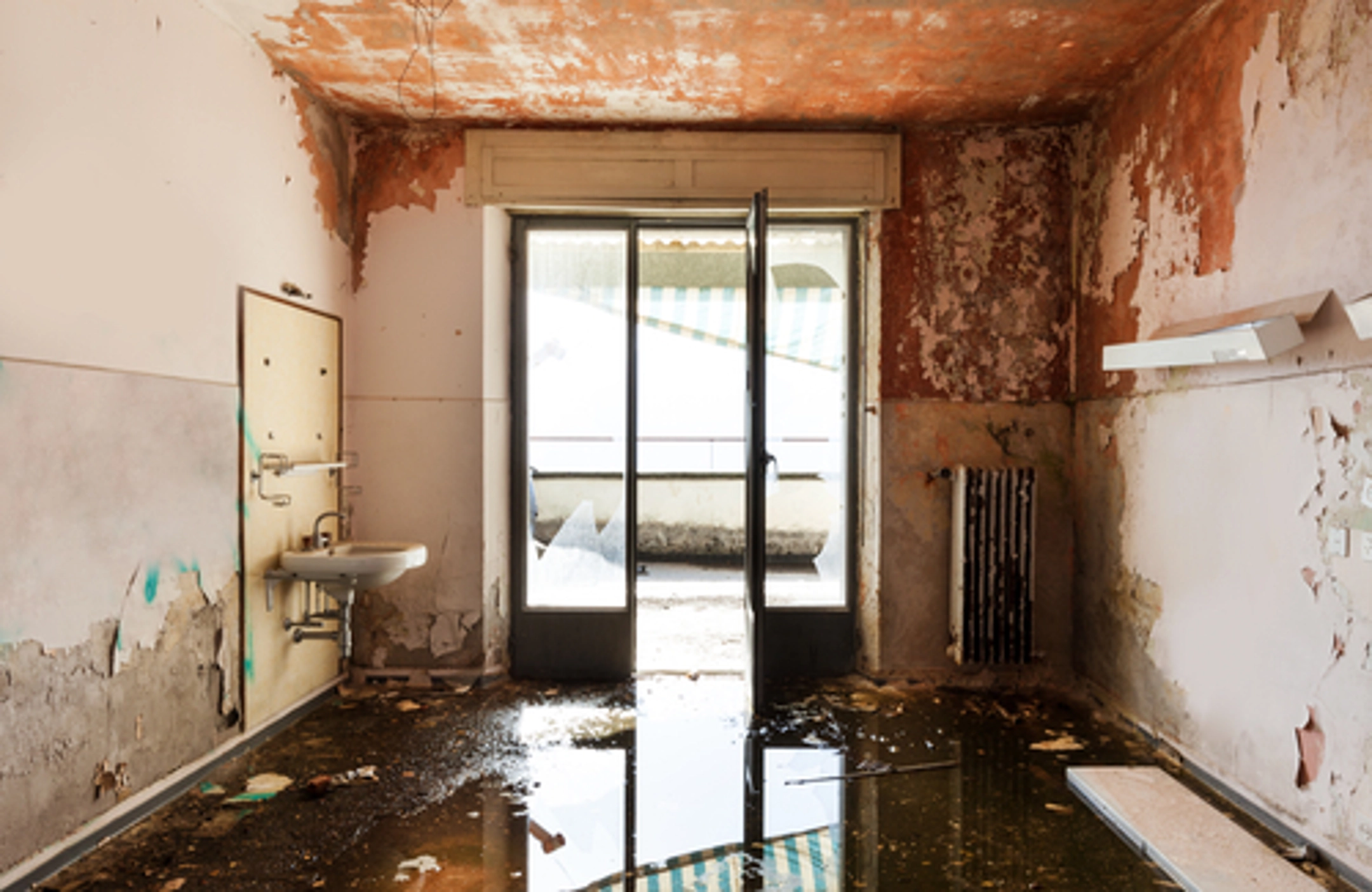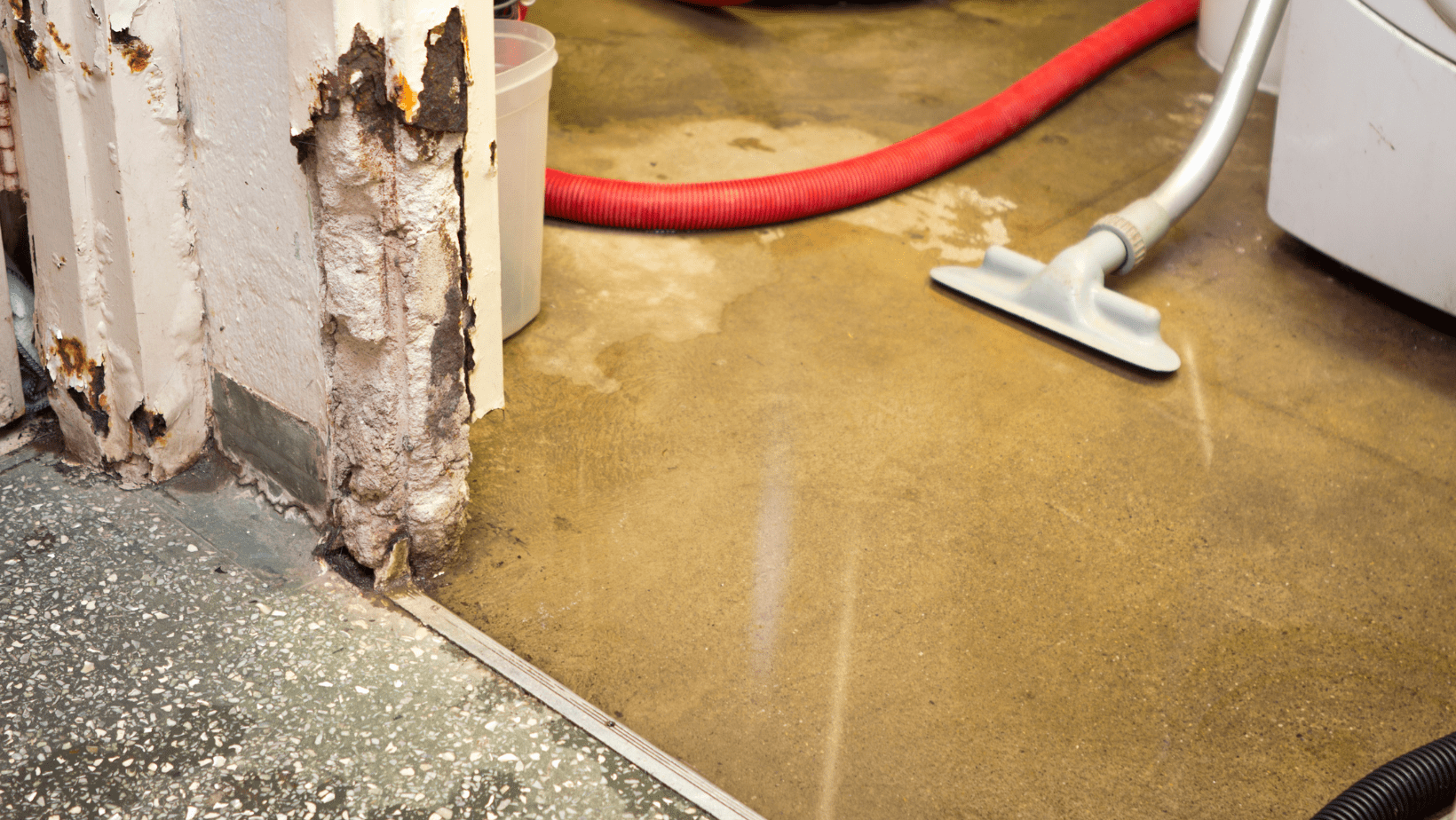How to Choose the Right Flood Damage Restoration Company for Your Needs
How to Choose the Right Flood Damage Restoration Company for Your Needs
Blog Article
Necessary Actions to Follow for Reliable Water Damages Remediation in your house
When confronted with water damage in your house, knowing the important actions for reliable restoration can make all the difference. You require to examine the damage and assurance safety and security prior to taking on the trouble. Quiting the resource of water is important, however it's just the beginning. As soon as you have actually taken care of that, there's a collection of actions you must take to safeguard your property from further issues. Let's explore what you ought to do following.
Analyze the Damage
When you find water damage in your home, the primary step is to examine the damages thoroughly. Start by identifying the resource of the water intrusion. Examine for leakages, ruptured pipelines, or various other problems triggering the issue. Next, analyze the affected locations for visible signs of damage, consisting of staining, bending, or mold and mildew development. Do not forget to look in covert areas like behind walls or under floor covering, as water can permeate right into these locations unnoticed.Document the damage by taking clear pictures and notes. This will certainly assist you when talking about the scenario with your insurance copyright or reconstruction experts. Pay attention to the kind of materials affected, as different materials call for different repair approaches. Lastly, review the extent of the damage. Is it minor or extensive? Recognizing the scope will certainly direct you in determining whether to handle it on your own or call the professionals for a much more extensive reconstruction process.

Ensure Safety
Before you start any kind of reconstruction job, assuring your security is crucial. Assess the problem of your home. If the water's deep or if you see electric threats, do not go into the location. Shut off the electrical energy and gas supply to stop accidents. Put on protective equipment like gloves, boots, and masks to shield yourself from impurities or mold.It's important to remain familiar with your environments; look for sharp items and slippery surface areas. If the water is from a sewage back-up, treat it as contaminated materials. Maintain pet dogs and kids away from impacted areas to prevent exposure.Once you've taken these precautions, you can continue with the remediation process. Bear in mind, your security comes initially, and if you're ever not sure, it's best to speak with a specialist. Taking these steps will aid assure you prepare to tackle the restoration securely and properly.
Quit the Source of Water
After ensuring your safety, the following action is to stop the source of water. Recognize where the leakage is coming from. Maybe a burst pipeline, a defective home appliance, or also heavy rain going into with a damaged roofing system. If it's a plumbing concern, switch off the primary water system to your home to stop additional flooding. For appliances, unplug them and close off their water valves.If the resource is outside, like rain, attempt to divert it far from your home utilizing sandbags or other obstacles. For minor leaks, you may be able to utilize tape or a sealant momentarily till a specialist can repair it. Keep in mind, dealing with the source quickly is vital to decreasing damages and avoiding mold growth. Once you've quit the water, you'll be in a far better placement to move on to the next steps in the restoration procedure.

Remove Excess Water
Act rapidly to remove excess water, as standing water can bring about extra substantial damage and mold development. Gather your tools: a wet/dry vacuum cleaner, containers, and towels. If the water is shallow, you can use towels to saturate up the dampness. For deeper water, a wet/dry vacuum is your ideal bet. Ensure to empty the vacuum frequently to prevent overflow.If the water is infected, like from a sewage back-up, put on protective gear, including masks and handwear covers, to maintain on your own risk-free. As soon as you have actually gotten rid of as much water as possible, check for concealed pockets of moisture in edges and under furniture, as these can harbor mold.Don' t fail to remember to shut off electric devices and power outlets in damp locations to avoid threats. This initial step is essential in lessening damages and setting the stage for a successful reconstruction procedure.
Dry and Dehumidify the Area
It's essential to dry and dehumidify the location extensively as soon as you've removed the excess water. Begin by utilizing dehumidifiers effectively to pull wetness out of the air and protect against mold growth. Watch on moisture levels to ensure the area dries out entirely.
Remove Standing Water
To successfully deal with water damages, you need to concentrate on removing standing water as rapidly as feasible. Beginning by collecting necessary tools, like a wet/dry vacuum cleaner or a pump, depending on the volume of water. A vacuum cleaner must do the method if the water is superficial. For larger quantities, a pump is extra effective. While functioning, see to it to use safety gear to maintain on your own safe from impurities. As you eliminate the water, take note of concealed locations like under furnishings or in edges where water could accumulate. When you've gotten rid of the bulk, your space will start to dry out. This action is important, as lingering water can result in mold growth and much more considerable damages.
Use Dehumidifiers Effectively
How can you effectively use dehumidifiers to dry and evaporate your room? Beginning by positioning your dehumidifier in one of the most damaged location, ideally where water damage is most extreme. Ensure to close all windows and doors to create a sealed atmosphere. Switch on the dehumidifier and set it to the proper humidity level, normally around 30-50%. Vacant the click here water collection container frequently, or think about utilizing a version with a continual drain alternative for comfort. Preferably, make use of followers to enhance air flow, assisting the dehumidifier work extra efficiently. Keep the dehumidifier running up until you're certain that the area is thoroughly dried, preventing mold growth and added damages (Flood Damage Restoration). This action is essential for efficient water damages reconstruction
Monitor Humidity Levels
Surveillance humidity levels is necessary throughout the drying out process, as it aids guarantee your area continues to be devoid of excess wetness. Purchase a reputable hygrometer to track humidity properly. Ideally, you desire to maintain degrees between 30% and 50%. If moisture readings increase over this array, you may require to adjust your followers or dehumidifiers to improve airflow. Check the readings regularly, specifically in locations vulnerable to dampness, like basements or bathrooms. Think about raising air flow or making use of added dehumidifiers if you observe relentless high moisture. Staying on top of these levels not just accelerates the drying out procedure however likewise avoids mold development, guaranteeing your home keeps secure and comfy.
Tidy and Disinfect Affected Surfaces

Recover and Repair Your Home
After cleansing and decontaminating the impacted locations, it's time to recover and fix your home. Begin by evaluating the damages. Examine for architectural concerns, like deteriorated wall surfaces or floorings, and attend to any kind of essential repairs. Replacing damaged drywall or flooring is crucial for both aesthetic appeals and safety.If your furniture or valuables were influenced, take into consideration whether they can be recovered or need substitute. Tidy or skillfully restore things where possible.Next, repaint walls and touch up any kind of locations that require attention. This not just enhances appearance but additionally secures surfaces from future water damage.Don' t forget to inspect your plumbing and appliances for leaks, ensuring everything's working effectively. Finally, take into consideration installing a dehumidifier to stop future moisture issues. By taking these actions, you'll recover your home to its former magnificence and produce a more secure living setting.
Regularly Asked Inquiries
Just How Lengthy Does Water Damages Reconstruction Typically Take?
Water damage remediation usually takes anywhere from a few days to numerous weeks, relying on the degree of the damage (Water Damage Cleanup). You'll want to assess the scenario promptly to lessen more issues and ensure proper reconstruction
Will My Insurance Policy Cover Water Damages Reconstruction Costs?
Your insurance coverage may cover water damage restoration prices, but it depends on your policy. Examine your insurance coverage information and contact your insurance policy agent to clarify what's consisted of and what you need to sue.
Can I Deal With Water Damages Restoration Myself?
You can deal with water damages restoration on your own, yet it's important to analyze the circumstance. If it's extensive, you may wish to call professionals. Constantly focus on security and assure you've obtained the right devices.
What Are the Indicators of Hidden Water Damages?
You may discover signs of concealed water damage like deformed walls, musty smells, or discoloration. If your floorings feel spongy or you place mold and mildew, it's time to check out additionally before the scenario aggravates.
How Can I Prevent Future Water Damages in My Home?
To stop future water damage in your home, you should routinely inspect pipes, seal fractures, maintain gutters, and warranty appropriate drainage. Setting up a sump pump and moisture obstacles can likewise help maintain your space dry. When you discover water damages in your home, the very first step is to analyze the damages thoroughly. Act quickly to remove excess water, as standing water can lead to extra substantial damage and mold development. To efficiently take on water damages, you need to concentrate on removing standing water as swiftly as possible. As you remove the water, pay focus to concealed areas like under furnishings or in edges where water could accumulate. Water damages restoration generally takes anywhere from a couple of days to several weeks, depending on the degree of the damages.
Report this page